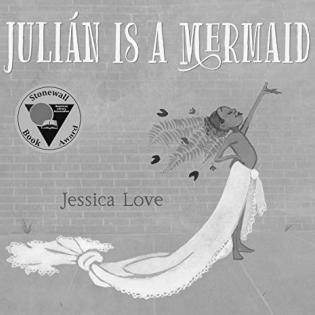In this critical thinking activity, participants sort ideas and make observations about the difference between the nonprofit sector and the for-profit sector.
Filter by subjects:
Filter by grades:
Filter by audience:
Filter by issue area:
Filter by content type:
Filter by resource type:
resource search
The group discusses and agrees on a need to address through donating money. They watch a film about a boy who sets up a lemonade stand and read a book about a national Lemonade Stand effort. Then they identify a need, learn more, and communicate the need to others.
Youth Activity: Participants discover how their time can equal dollars to help their community. See the handout for supplemental faith-based discussion questions.
“My call tonight is for every American to commit at least two years, or 4,000 hours, over the rest of your lifetime...
A
abolitionist
(n) Anti-slavery activist
activism
(n) A practice based on direct action to affect changes in government and social conditions
In this lesson, we analyze the Bill of Rights and explore the importance of the issues involved. We participate in a creative performance, singing and dancing to learn and teach the Bill of Rights. The performance may be planned for members of the community (younger children or senior...
In this lesson, the learners tell stories of two events in history: a current event from their own point of view and an earlier significant event shared by an older friend or relative. They compare and evaluate how philanthropy responded to each event as well as how they each disrupted...
Written by Alyssa Rossodivita and Gerry Pantoja
Definition
In this book, Julian imagines himself becomming a mermaid after he sees some women dressed up beautifully in mermaid costumes. When he gets home, he dresses up as a mermaid, and at first his Abuela seems angry at him.
